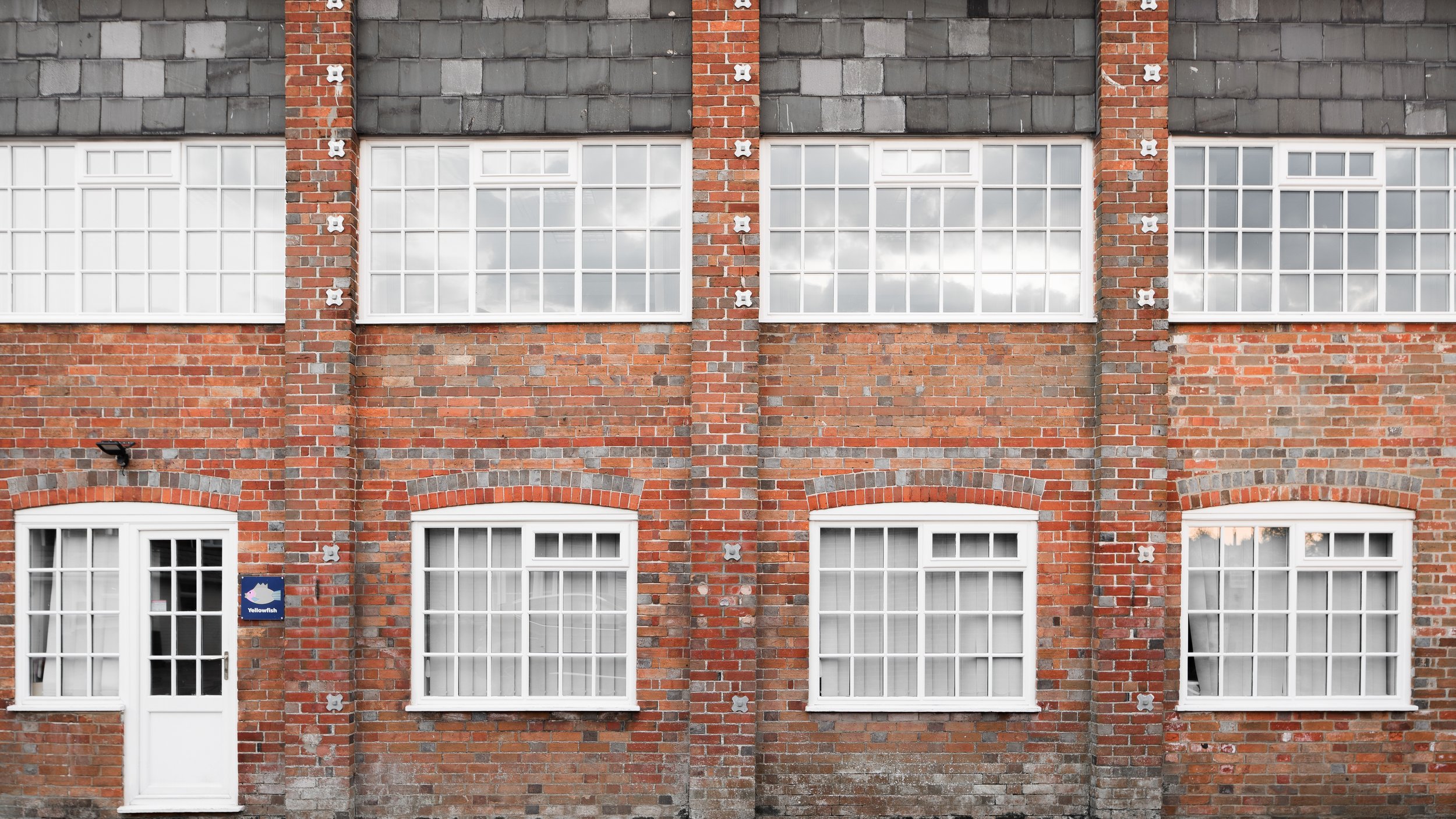
In the heart of Bargates, Christchurch, the Fusee Chain Factory stands as a solemn reminder of Victorian industry—an era defined by craftsmanship, but also by relentless toil. Built in 1845 by William Hart, this Grade II-listed structure was more than a factory; it was a workhouse, where labour was not just a profession but a necessity for survival.
The building’s narrow, elongated form speaks to the efficiency demanded of its workers. Every inch was designed for productivity, with large, multi-paned windows allowing natural light to flood the workspace. This was not a luxury—it was essential. The delicate process of fusee chain-making required unwavering precision, as workers assembled minuscule links for pocket watches, their eyes straining against the dim glow of daylight.
The building’s narrow, elongated form speaks to the efficiency demanded of its workers. Every inch was designed for productivity, with large, multi-paned windows allowing natural light to flood the workspace. This was not a luxury—it was essential. The delicate process of fusee chain-making required unwavering precision, as workers assembled minuscule links for pocket watches, their eyes straining against the dim glow of daylight.
At the heart of this industry was the fusee chain, a vital component in early mechanical timepieces. A fusee is a cone-shaped pulley with a spiraled groove, designed to regulate the uneven pull of a mainspring as it unwinds. The fusee chain, composed of hundreds of tiny, hand-forged links, connected the mainspring barrel to the fusee, ensuring a steady release of power. Without this delicate mechanism, watches would lose accuracy as their springs unwound, making the fusee chain an essential innovation in horology.
Many of those who labored here were children from the Christchurch workhouse, trained in the craft but bound by the harsh realities of Victorian poverty. Their hands, small and dexterous, were ideal for the intricate work, yet their wages—if earned at all—often went directly to the workhouse. The factory was a lifeline, but also a cage, where skill was honed under conditions that left little room for error or respite.
Though the factory ceased operations in 1899, its walls still whisper the stories of those who worked within them. The red brick façade, slate roof, and gabled entrance remain intact, standing as a quiet testament to the endurance of its workers. Today, the Fusee Chain Factory is not just a historical landmark—it is a reminder of the sacrifices made in the name of industry, and the hands that shaped an era.

